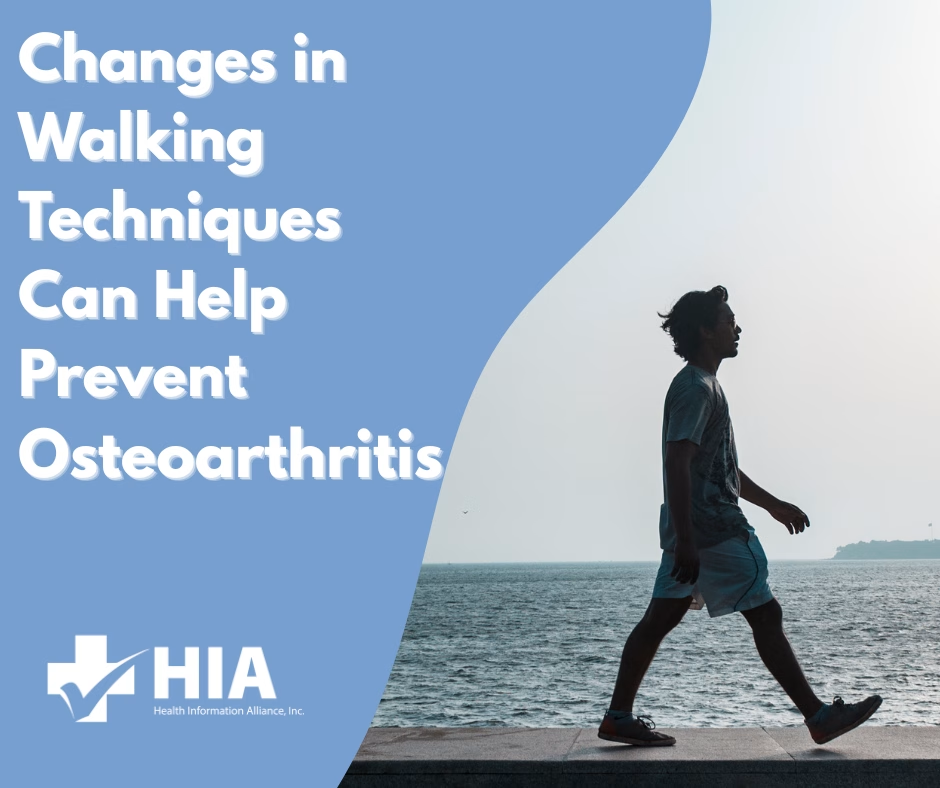Small Changes in Walking Techniques can Help Prevent Osteoarthritis
A new study led by researchers from NYU Langone Health, the University of Utah, and Stanford University suggests that adjusting foot positioning during walking may reduce knee pain caused by osteoarthritis (OA) and potentially slow its progression. The degenerative joint disease, characterized by the breakdown of cartilage, affects approximately one in seven Americans most often in the inner side of the knee and is a leading cause of disability.
The study, published in The Lancet Rheumatology on August 12, involved 68 adults with mild to moderate knee OA. Researchers investigated whether changing the angle at which patients place their feet during walking could reduce stress on the knee joint, a factor believed to accelerate cartilage degeneration. Using advanced MRI imaging and gait analysis, they monitored participants for a year. Participants were split into two groups. One group received six training sessions to walk with a personalized foot angle either inward or outward by 5 or 10 degrees determined by computer simulations to minimize joint loading. The control group was instructed to walk more frequently but without changing foot positioning.
The findings revealed that patients trained to adjust their foot angle experienced slower cartilage breakdown and greater pain reduction compared to those in the control group. On average, the gait adjustment group reduced their pain score by 2.5 points on a 10 point scale, similar to relief offered by over the counter pain medications, while the control group saw an average improvement of just over 1 point. Furthermore, MRI and gait assessments showed that those who changed their walking angle reduced knee joint loading by 4%, while those who didn’t adjust their gait actually saw a 3% increase. This reduction in joint stress is believed to contribute to the slower degeneration of cartilage, according to the researchers.
Dr. Valentina Mazzoli, co-lead author and assistant professor at NYU Grossman School of Medicine, highlighted that the results may offer a noninvasive and low cost way to delay or avoid surgery such as knee replacement, which often requires revision procedures over time. She emphasized the potential advantage of this approach over pharmaceutical treatments, which may not address the root cause and can lead to side effects like liver damage, kidney issues, and ulcers when used long-term. The study is also the first to show that tailoring foot angle adjustments to each patient’s unique walking pattern can provide long-term benefits. Previous studies using uniform gait changes for all participants showed limited effectiveness.






